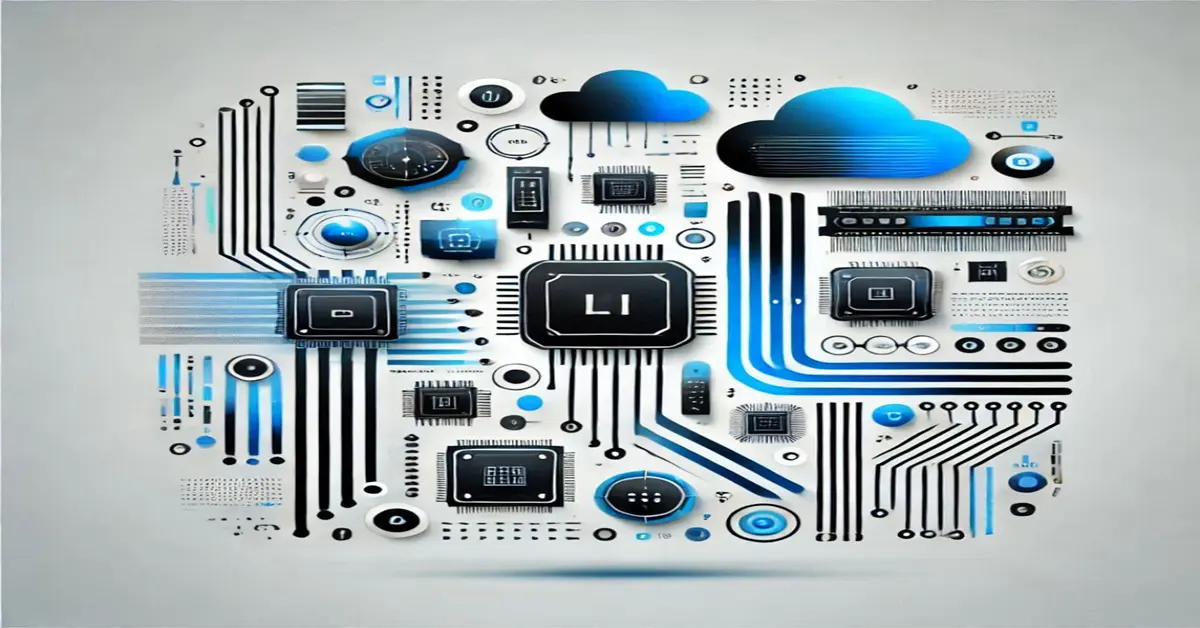Understanding PCB Schematic Design: A Beginner’s Guide

Printed Circuit Board (PCB) schematic design is an essential step in the creation of any electronic device. It serves as the foundation for turning an idea into a functional product, acting as a visual representation of how electronic components are connected. For beginners in electronics, understanding the basics of PCB schematic design is the first step toward mastering the art of electronics development. In this guide, we’ll break down what a PCB schematic is, its key components, and how it leads to more efficient and accurate PCB designs.
What is a PCB Schematic?
A PCB schematic is a diagram that illustrates the electrical connections between components in a circuit. It uses standardised symbols to represent components such as resistors, capacitors, diodes, and integrated circuits, along with lines to show the connections between them.
Think of it as the blueprint for a PCB, detailing every connection and relationship between components. While the schematic doesn’t physically resemble the finished PCB, it serves as a guide for the layout process, ensuring all connections are accurately translated onto the board.
Creating a PCB schematic typically involves computer-aided design (CAD) software. These tools allow designers to place components, define connections, and verify the circuit’s functionality before moving on to the physical design stage.
Key Components of a PCB Schematic
- Symbols and Components: Each electronic component is represented by a specific symbol. For instance, a resistor is depicted as a zigzag line, while a capacitor is shown as parallel lines. Learning these symbols is essential for interpreting and creating schematics.
- Connections: The lines connecting symbols on a schematic represent wires or traces that carry electrical signals. These connections define how components interact and ensure the circuit operates as intended.
- Reference Designators: Each component on a schematic is assigned a unique reference designator, such as R1 for the first resistor or C1 for the first capacitor. These labels help identify components during the assembly process.
- Annotations and Notes: Schematics often include additional information, such as voltage levels, pin numbers, and part values. These details ensure the design is as clear and informative as possible.
How Schematic Design Leads to Better PCBs
- Improved Accuracy: A clear schematic reduces the likelihood of errors during PCB layout. It ensures that every connection and component is accounted for, minimising the risk of design flaws.
- Efficiency in Layout: By organising components logically and defining connections clearly, a schematic simplifies the transition to PCB layout. This saves time and effort during the design process.
- Scalability: For more complex designs, a schematic allows engineers to manage and troubleshoot circuits more easily. It provides a comprehensive view of the circuit, making it easier to add new features or components.
- Collaboration: Schematics serve as a universal language for engineers, making it easier for teams to collaborate on designs and for manufacturers to understand assembly requirements.
Mastering PCB schematic design is a fundamental skill for anyone entering the world of electronics. By learning how to create and interpret schematics, aspiring engineers and hobbyists can bring their ideas to life and lay the groundwork for more advanced designs. With practice, schematic design can become second nature, opening the door to countless possibilities in electronics development.
Observer Voice is the one stop site for National, International news, Sports, Editor’s Choice, Art/culture contents, Quotes and much more. We also cover historical contents. Historical contents includes World History, Indian History, and what happened today. The website also covers Entertainment across the India and World.
Follow Us on Twitter, Instagram, Facebook, & LinkedIn

